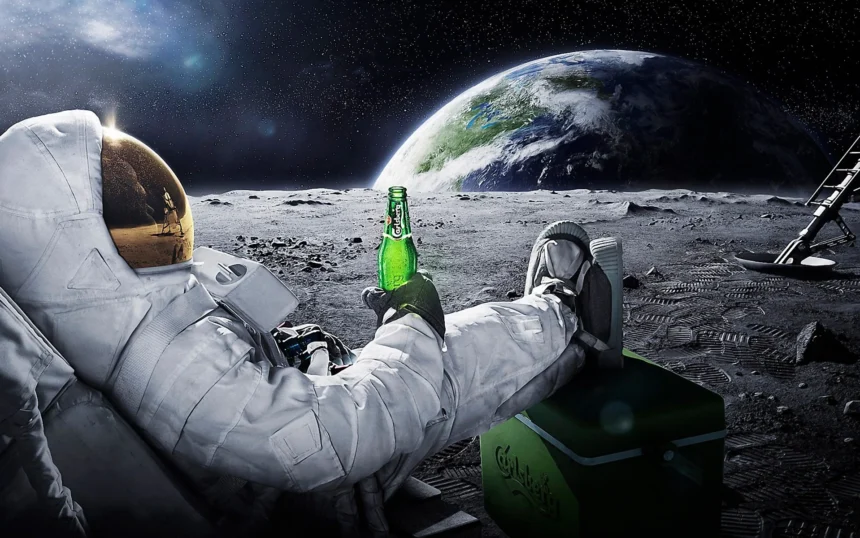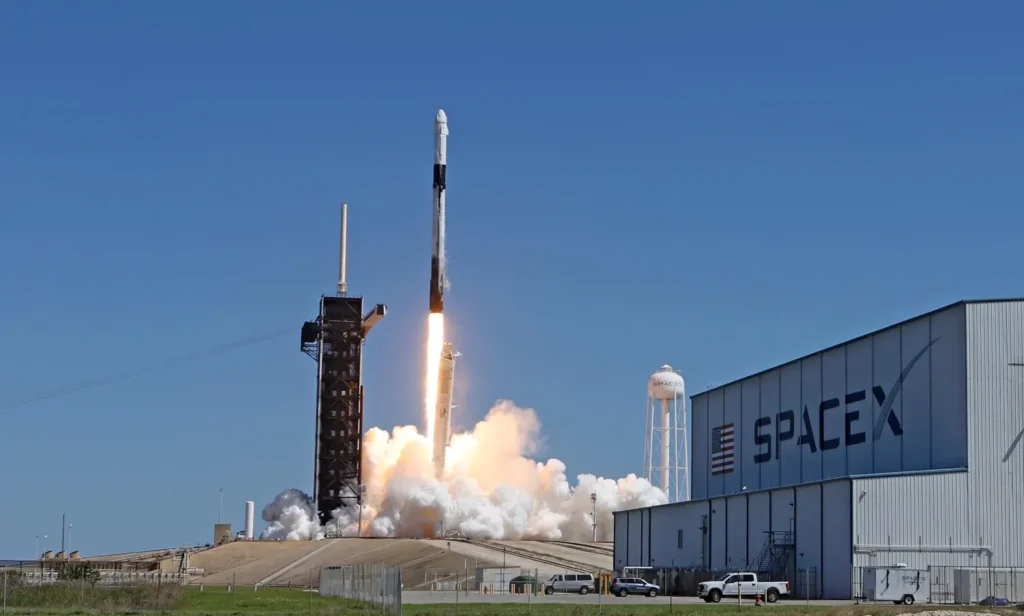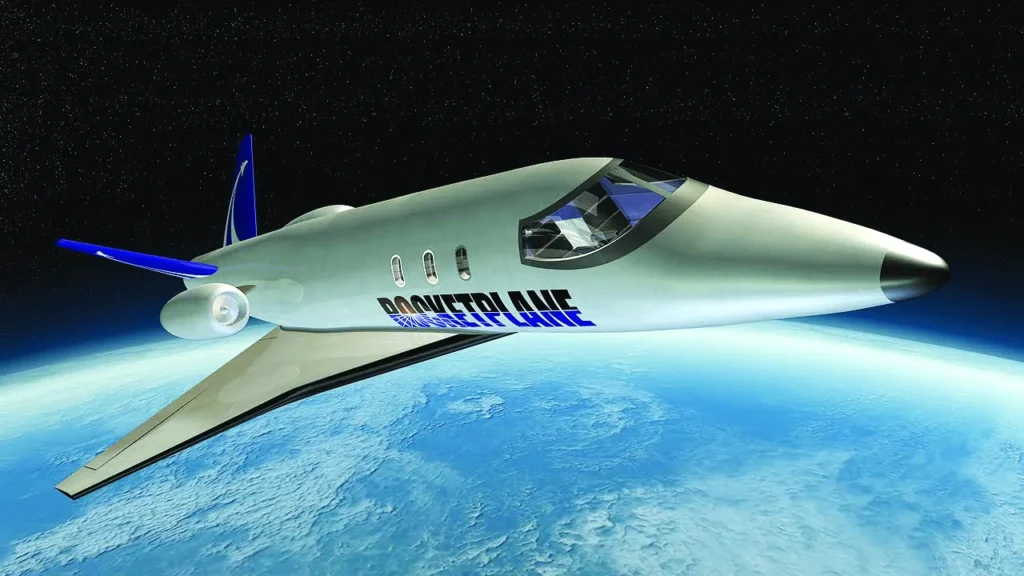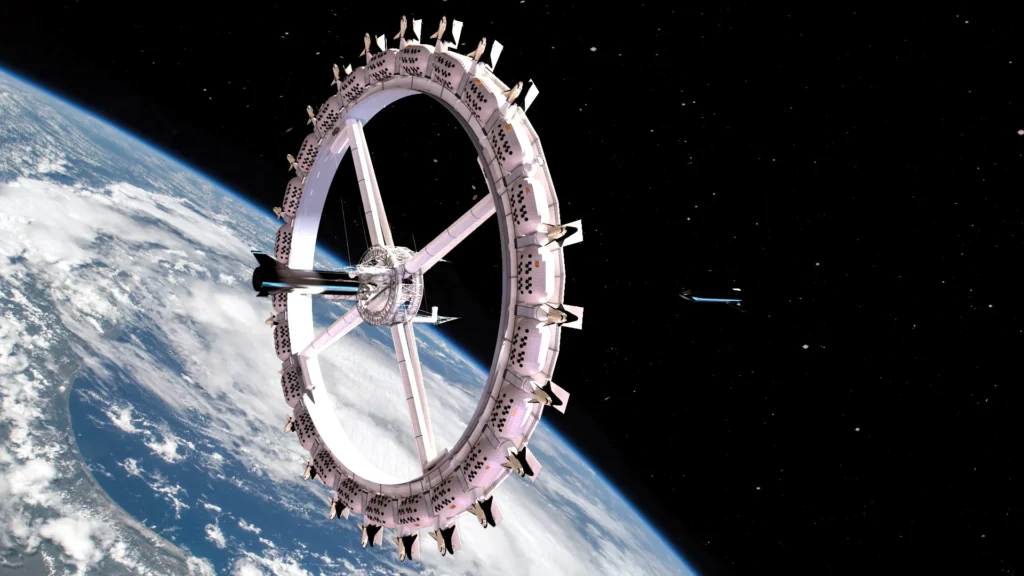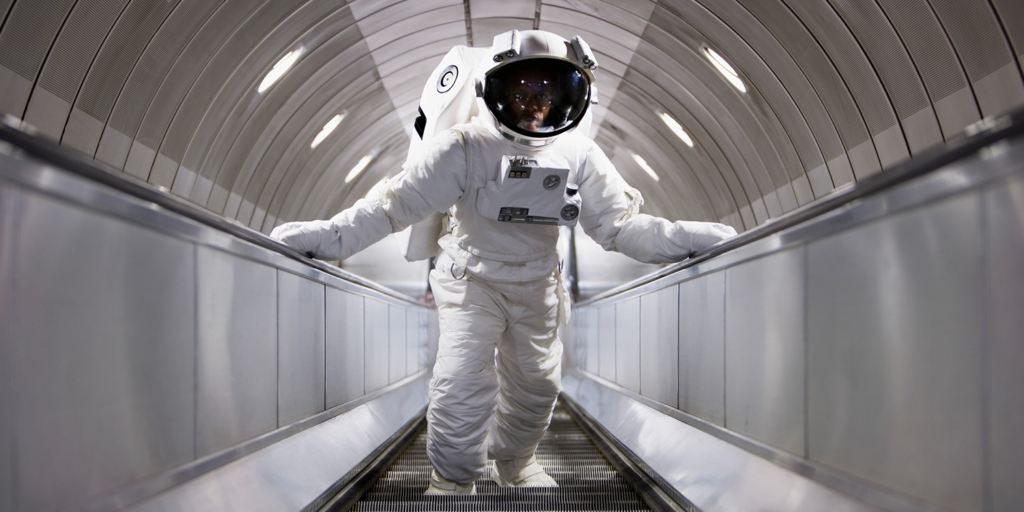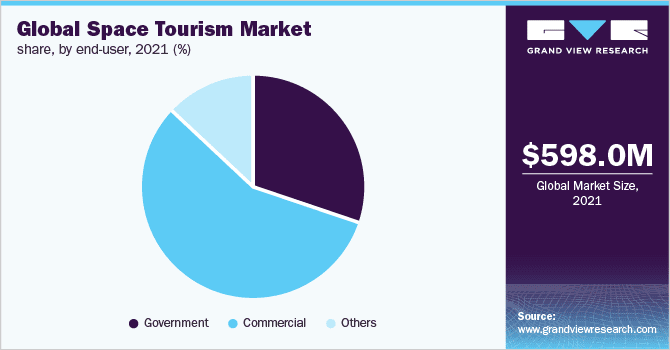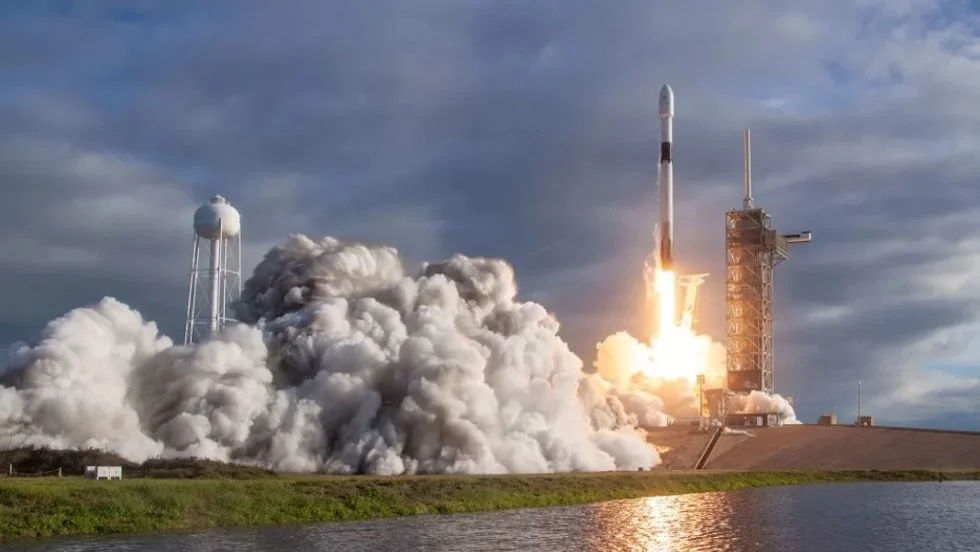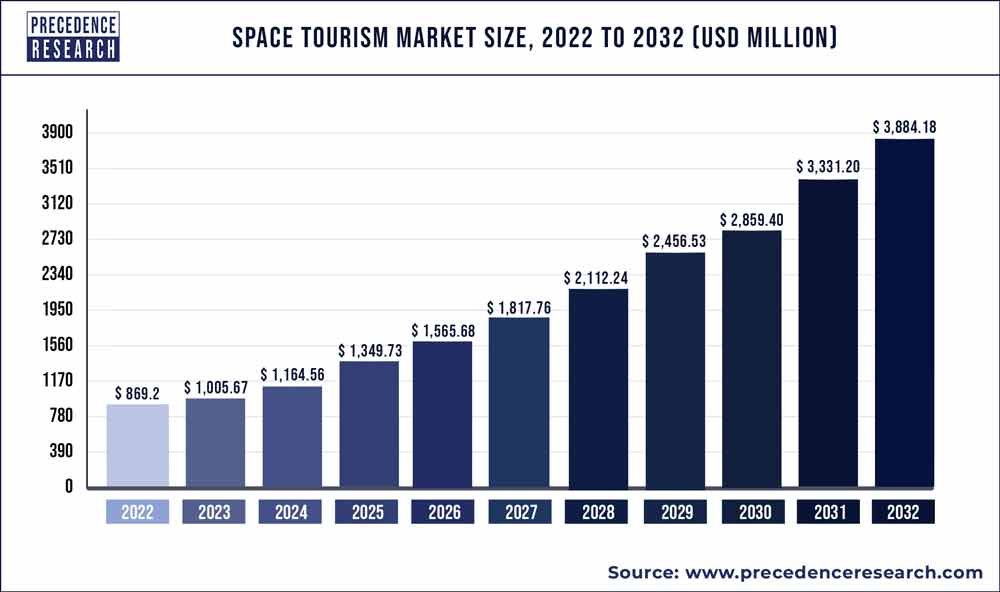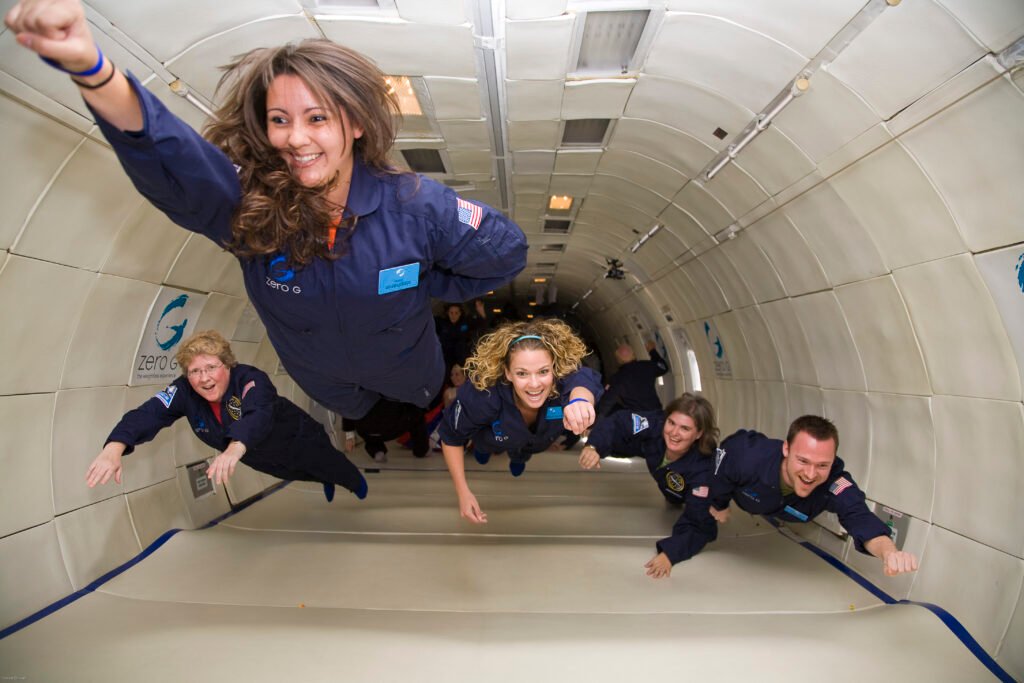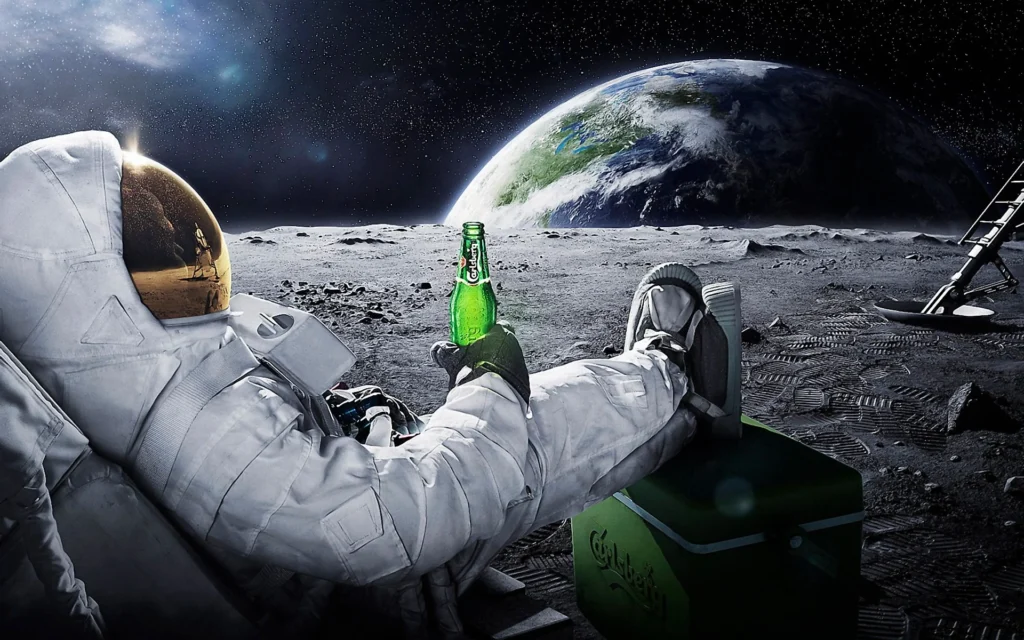Space Tourism: The Dawn of Extraterrestrial Travel
Space tourism, once the stuff of science fiction, is rapidly becoming a reality. Advancements in technology and the commercial space sector have opened up the possibility for private individuals to venture beyond Earth’s atmosphere and experience the wonders of space. In this article, we will explore the emerging industry of space tourism, its potential impact on space exploration, and the exciting prospects it holds for the future.
Know about Extraterrestrial life.
The Rise of Commercial Space Companies
In recent years, a new wave of commercial space companies, such as SpaceX, Blue Origin, and Virgin Galactic, has emerged with the goal of making space more accessible to the general public. These companies are developing reusable rockets, spacecraft, and innovative launch systems to reduce costs and increase the frequency of spaceflights. Their efforts have laid the foundation for the development of tourism for space as a viable industry.
Suborbital Space Tourism:
Suborbital tourism of space is the first step towards opening up space to tourists. Companies like Virgin Galactic and Blue Origin are designing spacecraft that can carry passengers to the edge of space, allowing them to experience weightlessness and marvel at the Earth’s curvature before returning to the ground. Suborbital flights offer a shorter duration and a more affordable option for individuals seeking a taste of space travel.
Orbital Space Tourism:
Beyond suborbital flights, the next frontier of tourism of space lies in orbital travel. Companies like SpaceX are developing spacecraft capable of carrying tourists to orbit, where they can spend several days or weeks aboard the International Space Station (ISS) or dedicated private space stations. Orbital space tourism offers a more immersive and in-depth experience, allowing tourists to live and work alongside professional astronauts in microgravity.
Safety and Training:
Safety is a paramount concern in tourism in space. Companies are investing heavily in spacecraft design, rigorous testing, and astronaut training programs to ensure the well-being of passengers. Training protocols typically include physical fitness assessments, centrifuge exercises, and simulated zero-gravity flights to prepare tourists for the physiological demands of space travel. Close collaboration with regulatory bodies, such as the Federal Aviation Administration (FAA) in the United States, ensures adherence to safety standards and regulations.
Economic and Societal Implications:
The emergence of tourism has the potential to revolutionize the space industry and generate significant economic impacts. It can drive technological advancements, create new job opportunities, and foster innovation in related sectors such as hospitality, entertainment, and space manufacturing. Additionally, space tourism has the power to inspire and ignite interest in science, technology, engineering, and mathematics (STEM) fields, encouraging the next generation to pursue careers in space exploration and research.
Environmental Considerations:
While space tourism offers exciting prospects, it also raises environmental concerns. The carbon footprint and environmental impact of rocket launches and space operations need to be carefully managed and mitigated. Companies are exploring greener propulsion systems, such as reusable rockets and the use of cleaner fuels, to minimize the ecological footprint of space travel.
Cost and Accessibility:
Space tourism is currently an exclusive and high-cost experience. Early commercial flights have been priced in the range of hundreds of thousands to millions of dollars per seat. However, as the industry matures and technology advances, there is hope for reduced costs and increased accessibility. Companies like SpaceX are actively working towards developing fully reusable rockets and spacecraft, which could significantly bring down the price of space travel in the future.
Spaceport Infrastructure:
Spaceports are being developed around the world to serve as launch sites for tourism activities. These facilities provide the necessary infrastructure, including launch pads, control centers, and training facilities for astronauts. Spaceports like Spaceport America in New Mexico (operated by Virgin Galactic) and Spaceport Cornwall in the UK are examples of dedicated commercial launch sites. Additionally, existing government-operated spaceports, such as Cape Canaveral Spaceport in Florida and Baikonur Cosmodrome in Kazakhstan, may also be utilized for commercial space tourism missions.
Experiencing Weightlessness:
One of the most captivating aspects of space tourism is experiencing weightlessness or microgravity. During suborbital and orbital flights, tourists will have the opportunity to float freely inside the spacecraft, performing flips, experiments, or simply enjoying the sensation of weightlessness. This unique experience offers a different perspective on the laws of physics and creates memorable moments for space tourists.
Space Tourism Regulations:
To ensure the safety of passengers and the integrity of space operations, regulatory frameworks for space tourism are being developed. In the United States, the Federal Aviation Administration (FAA) has established regulations for commercial spaceflight activities. Companies must meet certain safety standards, obtain launch licenses, and adhere to guidelines to protect passengers. International organizations like the International Civil Aviation Organization (ICAO) and the United Nations Office for Outer Space Affairs (UNOOSA) are also involved in the development of global space tourism regulations.
Space Tourism Beyond Earth Orbit:
While initial space tourism endeavors focus on suborbital and orbital flights around Earth, there is growing interest in extending the boundaries of space tourism beyond our planet. Companies like SpaceX have announced plans for lunar tourism missions, where tourists can travel around the Moon and experience the lunar surface. Furthermore, there are visionary plans for space hotels and habitats in Earth orbit or on the Moon, where tourists could potentially stay for extended periods and engage in various space-based activities.
Space tourism represents a paradigm shift in our relationship with space, offering individuals the opportunity to venture beyond the confines of Earth and experience the wonders of the cosmos. With the emergence of commercial space companies and ongoing technological advancements, space tourism is poised to become an integral part of the space industry..
As this industry evolves, it is crucial to balance safety, sustainability, and accessibility while reaping the economic and societal benefits of opening space to a broader audience. The dawn of space tourism marks an exciting chapter in human exploration, inspiring a new generation to reach for the stars.

